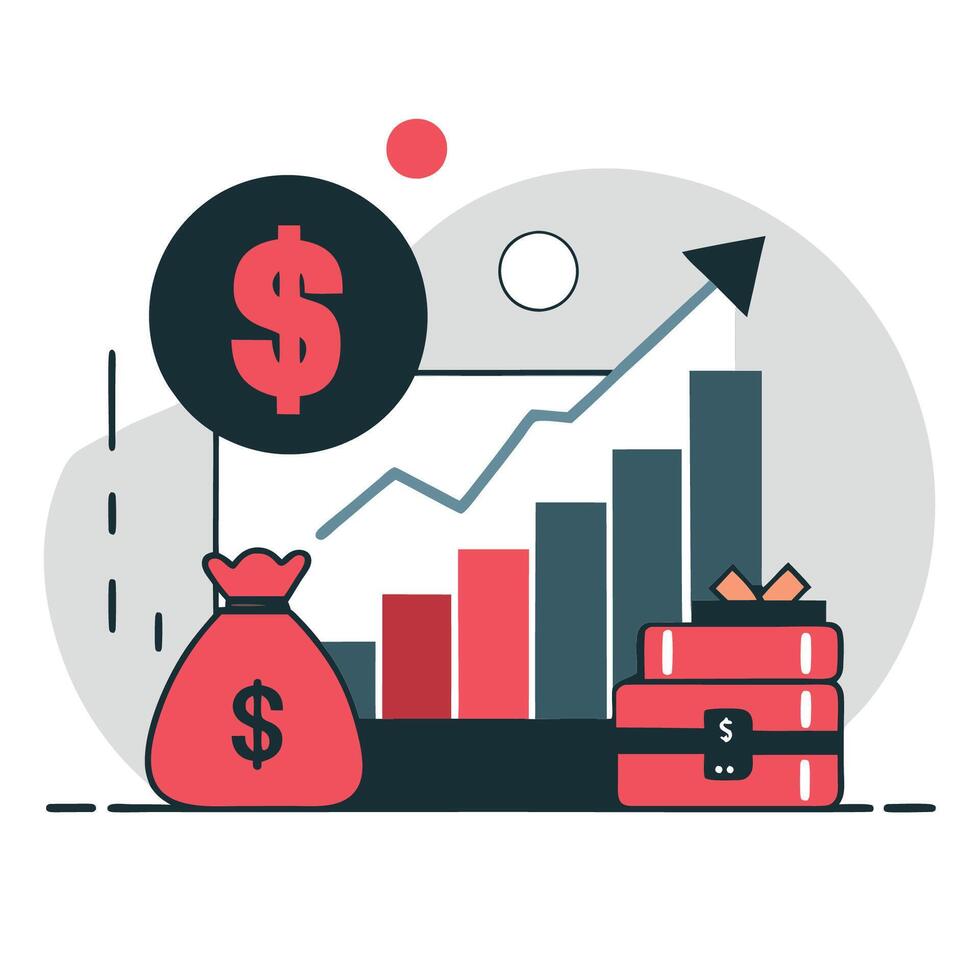An emergency fund might not sound exciting—but it could be the most powerful financial safety net you’ll ever build. This article explains what an emergency fund is, why it’s essential, and how to build one even if you’re starting from zero.
What Is an Emergency Fund?
An emergency fund is a reserve of money set aside specifically to cover unexpected expenses such as:
- Medical bills
- Car or home repairs
- Sudden job loss
- Urgent travel
- Unplanned family emergencies
The goal isn’t to use it for everyday expenses or planned purchases, but to prevent debt accumulation and financial panic during life’s curveballs.
Why Is an Emergency Fund So Important?
1. Breaks the Debt Cycle
Without a safety net, most people turn to credit cards or loans during emergencies, leading to more debt and interest. An emergency fund lets you pay in cash instead.
2. Protects Long-Term Goals
Imagine having to pull money from your investment portfolio or retirement account just to fix your car. An emergency fund helps you stay on track with long-term goals without disruptions.
3. Reduces Financial Anxiety
Knowing you have backup funds creates peace of mind, especially in uncertain times. You’ll sleep better and make clearer financial decisions when you’re not in panic mode.
How Much Should You Save?
There’s no one-size-fits-all answer, but here are guidelines:
- Beginners: Start with a mini-goal of $500 to $1,000.
- Intermediate Goal: Save 1 month of living expenses.
- Ideal Fund: Build up to 3 to 6 months of living expenses.
If your job or income is unstable, aim for closer to 6 months. If your household has two stable incomes, 3 months may be sufficient.
Where to Keep Your Emergency Fund
The ideal emergency fund is:
- Easily accessible: You need fast access in a real emergency.
- Separate from spending money: So you don’t dip into it casually.
- Low-risk: Avoid investing this money—it should be stable.
Best options:
- High-yield savings account
- Money market account
- Digital banks with instant access
Avoid putting your emergency fund in stocks or high-risk investments — the money needs to be available when you need it, not if the market is up.
How to Build Your Emergency Fund (Even on a Tight Budget)
You don’t need a big income to start. Here’s how:
1. Set a Clear Target
Know your goal: is it $500? 1 month of expenses? Define it clearly.
2. Make It Automatic
Set up small automatic transfers from your checking account to your savings weekly or monthly.
3. Cut Hidden Expenses
Find small sacrifices:
- Cancel unused subscriptions
- Cook more at home
- Cut back on impulse purchases
Even $20 a week adds up to over $1,000 a year.
4. Use Windfalls Wisely
Tax returns, bonuses, gifts — instead of spending, direct a portion to your emergency fund.
5. Side Hustles
Even temporary gigs (freelancing, delivery, selling items online) can boost your savings goal quickly.
Common Mistakes to Avoid
- Keeping it too accessible (e.g., in your wallet or checking account)
- Investing it in stocks or volatile assets
- Not replenishing it after using
- Using it for non-emergencies like vacations or upgrades
Discipline is key — treat it like an insurance policy, not a regular account.
When to Use Your Emergency Fund
Use it only when:
- An unexpected event arises
- You’ve exhausted other reasonable options
- The expense is urgent, unavoidable, and unplanned
Examples include hospital bills, losing a job, or fixing a car you rely on daily.
Not for:
- Concert tickets
- Holiday shopping
- Monthly bills you should have budgeted for
How to Rebuild After Using It
If you ever need to tap into your fund:
- Pause extra spending temporarily.
- Prioritize rebuilding with the next few paychecks.
- Treat it like an emergency to fix the emergency fund itself.
Don’t feel guilty for using it — that’s exactly what it’s there for.
Final Thoughts: Your Financial Buffer Zone
An emergency fund isn’t a luxury — it’s a necessity. It protects your finances, reduces stress, and gives you the freedom to handle life’s surprises without wrecking your budget or derailing your future.
Even small steps today can protect you from big problems tomorrow. The best time to start was yesterday. The second best time is now.
